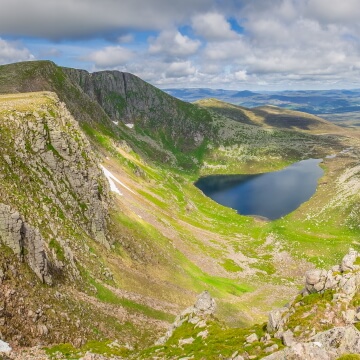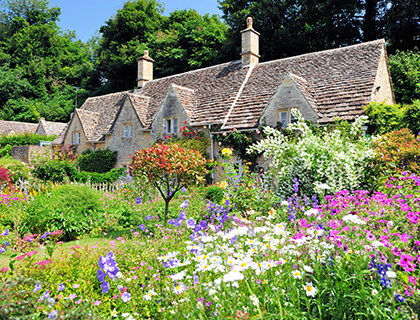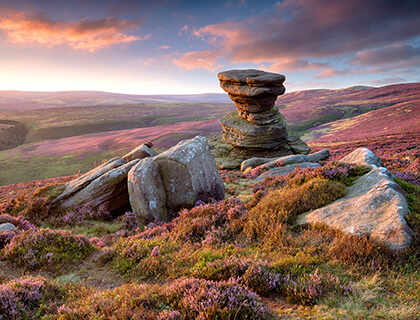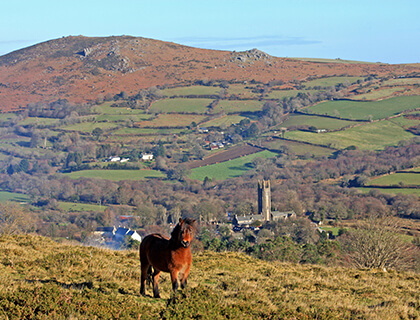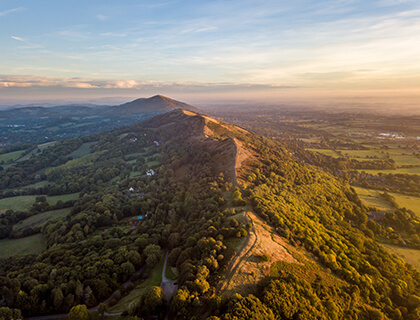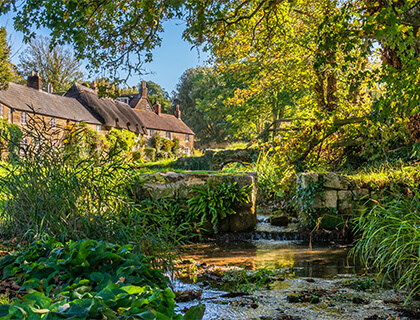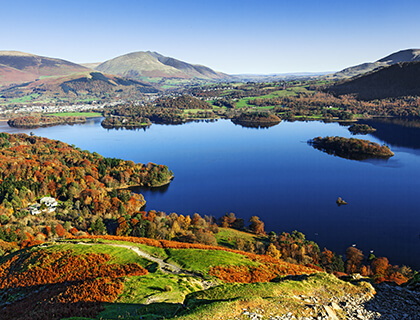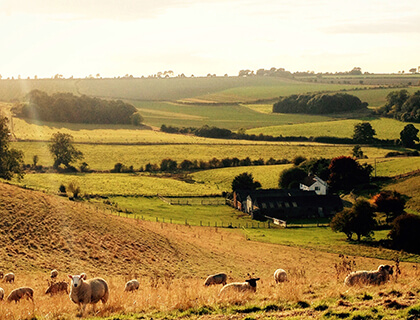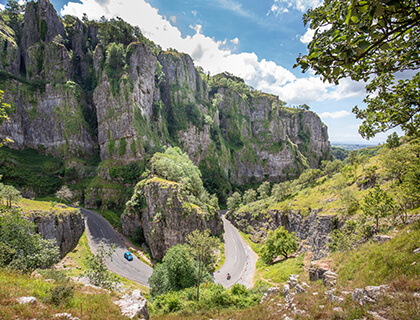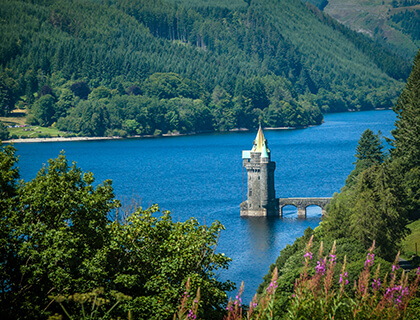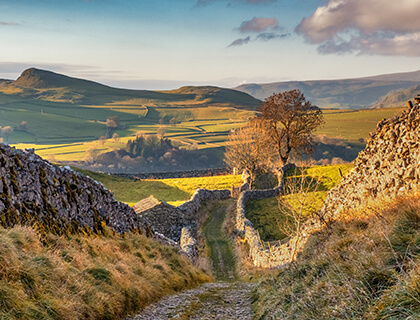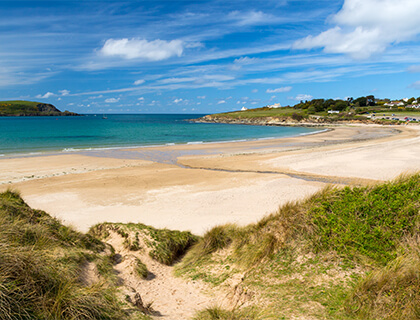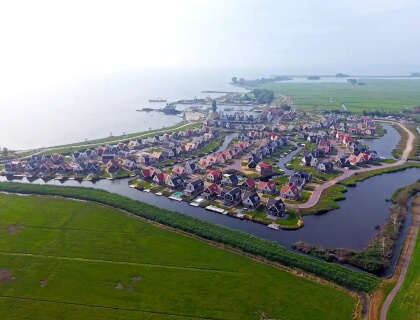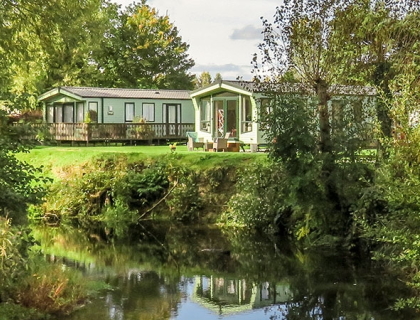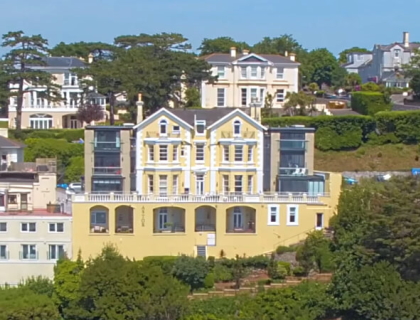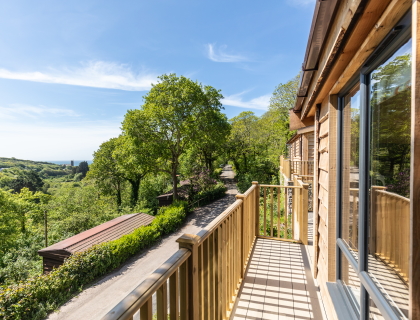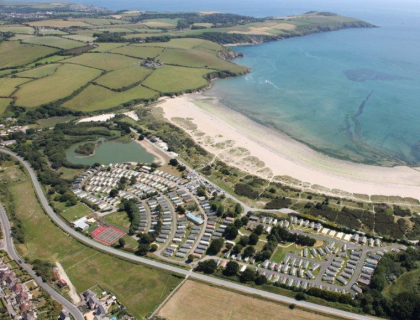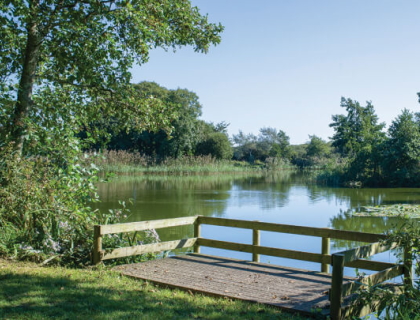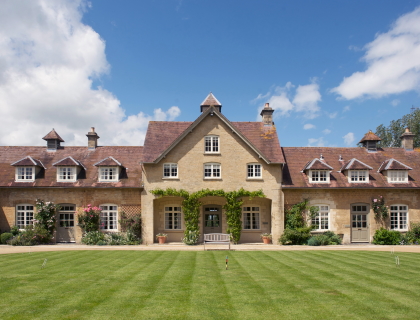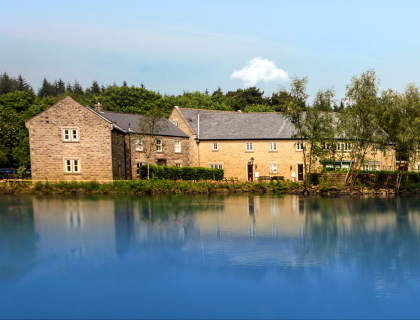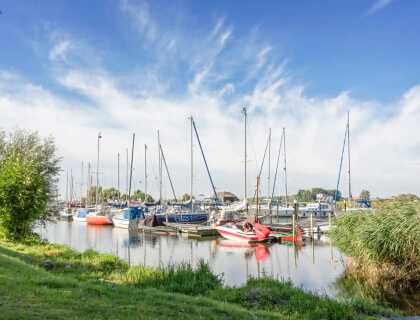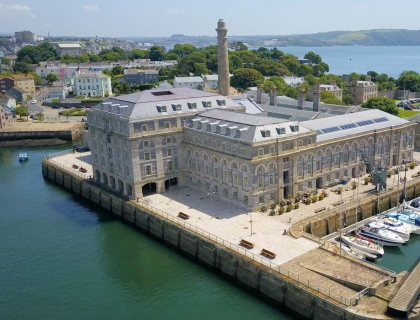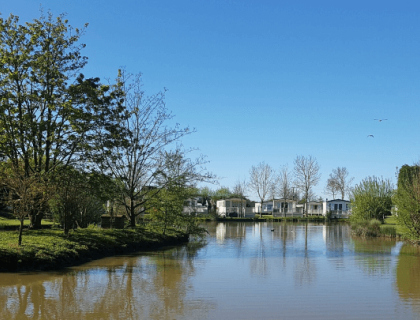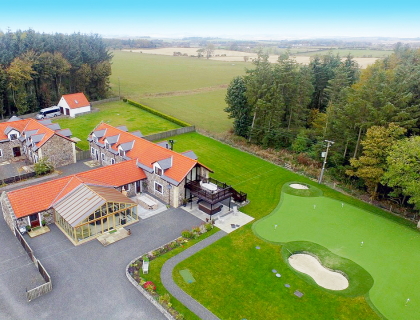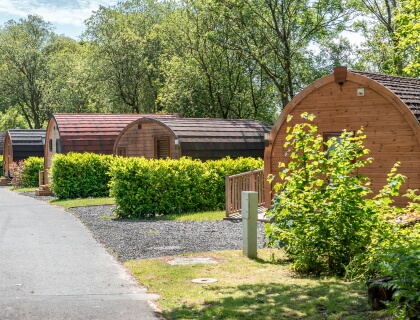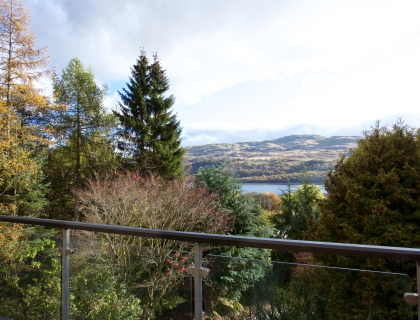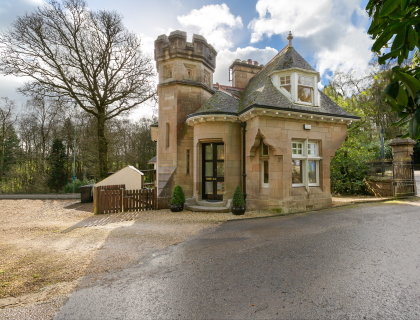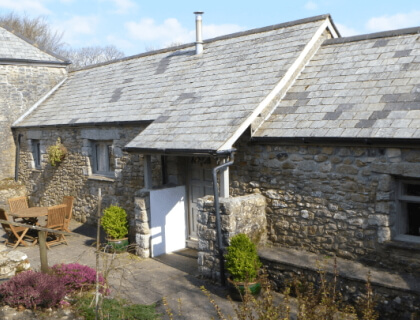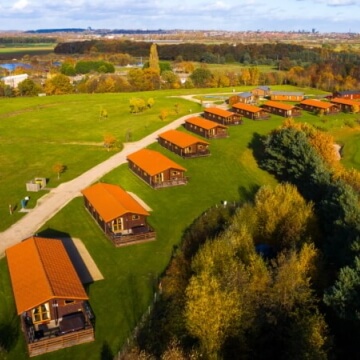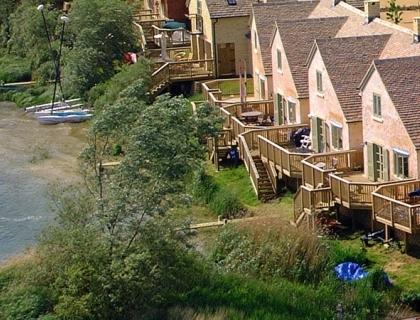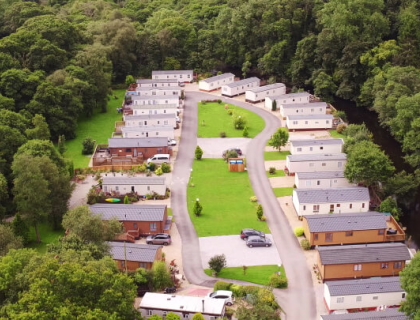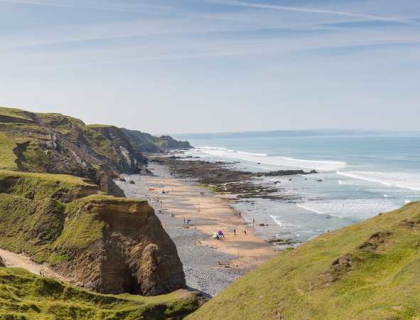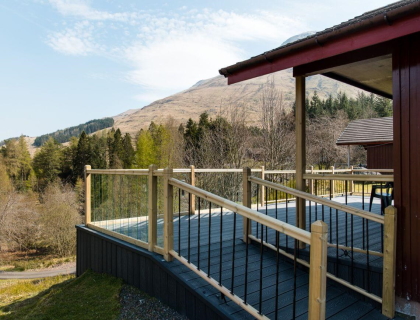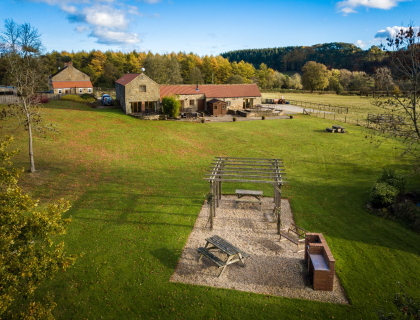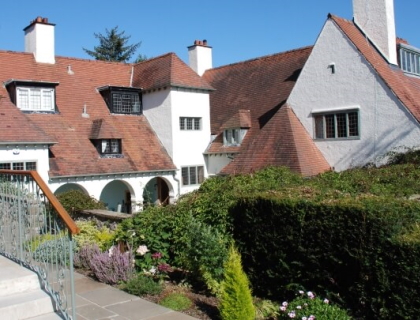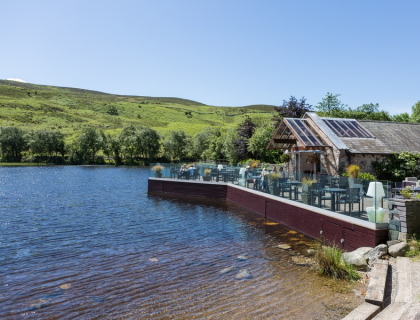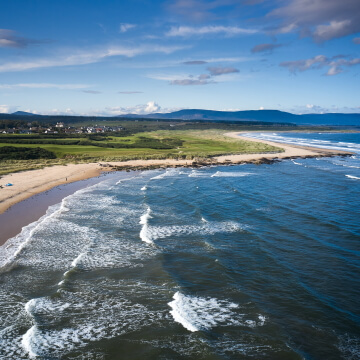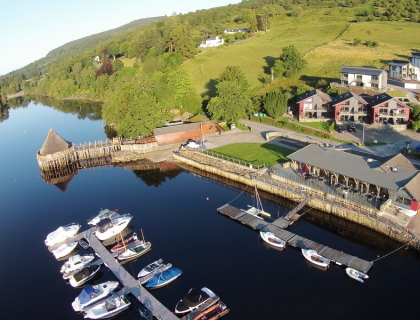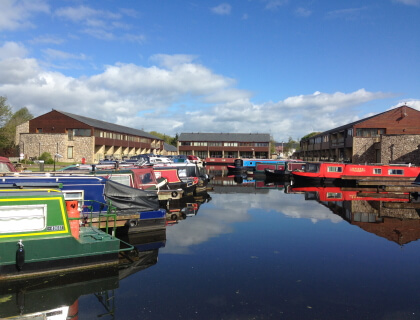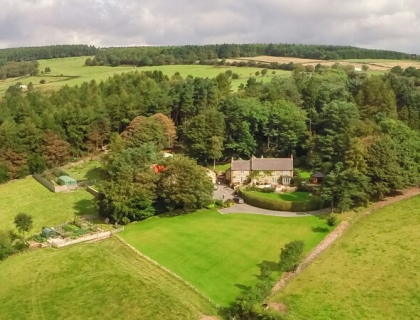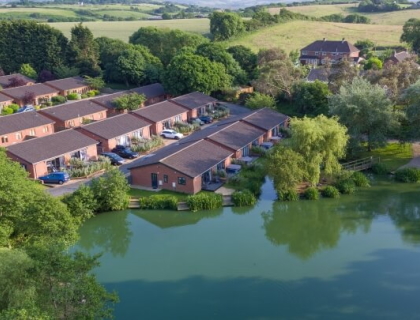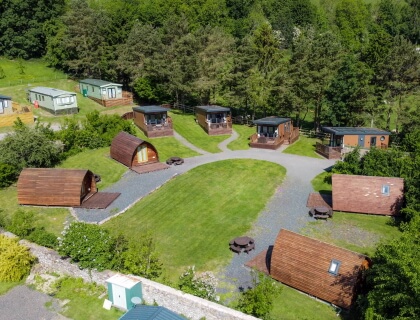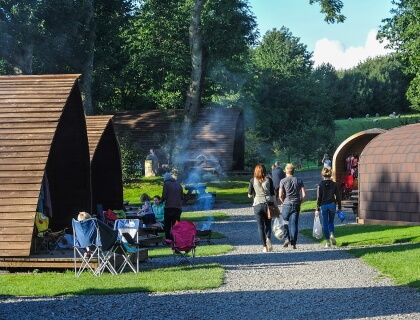The landscapes of the UK are rich with heritage and history, with many locations that tell hidden stories of the people of the past and how they lived. One county with a particularly ancient heritage is Devon, which was one of the first places in Britain to be settled by stone-age humans as the land became more hospitable after the last Ice Age. Because of this, there is a range of places around the county that hold fascinating evidence of how the country’s first settlers survived here. 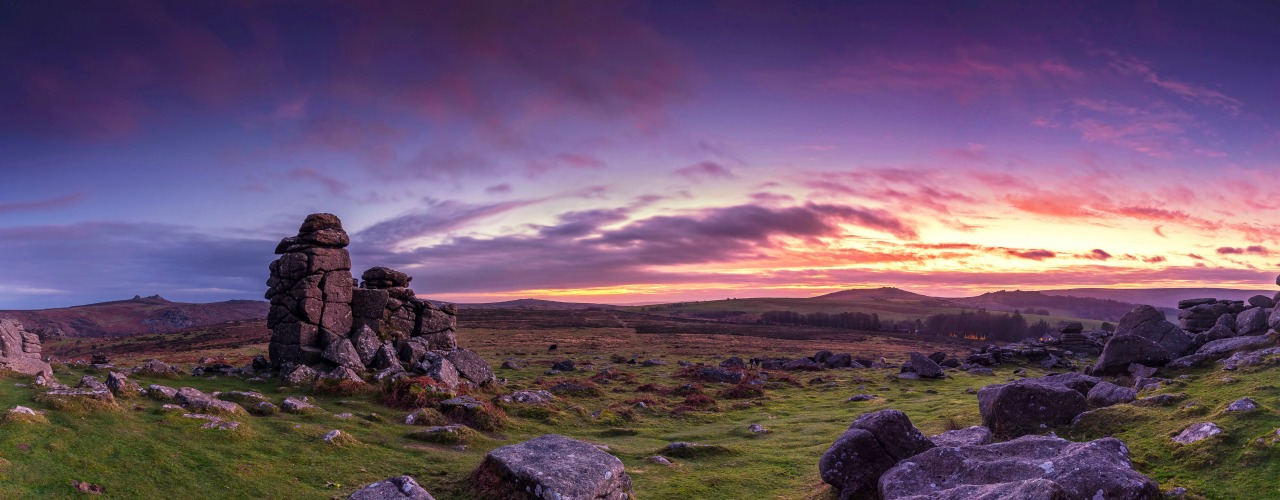
Though we may all be stuck indoors for the moment, we hope this blog post might give you some inspiration of places to add to future holiday itineraries if you’re interested in seeing some of Devon’s most interesting ancient landmarks and historic sites.
Kents Cavern, Torquay
The prehistoric cave system known as Kent’s Cavern, located in the seaside town of Torquay, is an archaeological site known for having been home to several ancient human populations over tens of thousands of years. Most notably, it’s the site of the oldest remains of an anatomically modern human (Homo sapiens) ever found in the whole of northwestern Europe, a jawbone estimated to date back around 44,000 – 41,000 years. A number of ancient human tools have also been discovered in the caves.
Many specimens, including the ancient jawbone, are on display at the Torquay Museum, and the cavern itself is an extremely popular tourist attraction that’s well worth a visit.
Prehistoric Dartmoor
It may seem incredible, but the stark and rugged expanses of Dartmoor were once covered in trees, and it was human activity that led to the landscape we see today. Humans cleared the oak forests and, in the Neolithic period, learned to farm it, leaving behind ancient sites which still exist today.
The mysterious and striking sight of a circle of standing stones is possibly one of the most evocative landmarks left by ancient people, and there is a number to be seen in Dartmoor. Included among those are Scorhill Stone Circle, close to the town of Chagford, the remotely located White Moor Stone Circle which offers stunning views of its surroundings, or the rare pair of stone circles known as Grey Wethers. 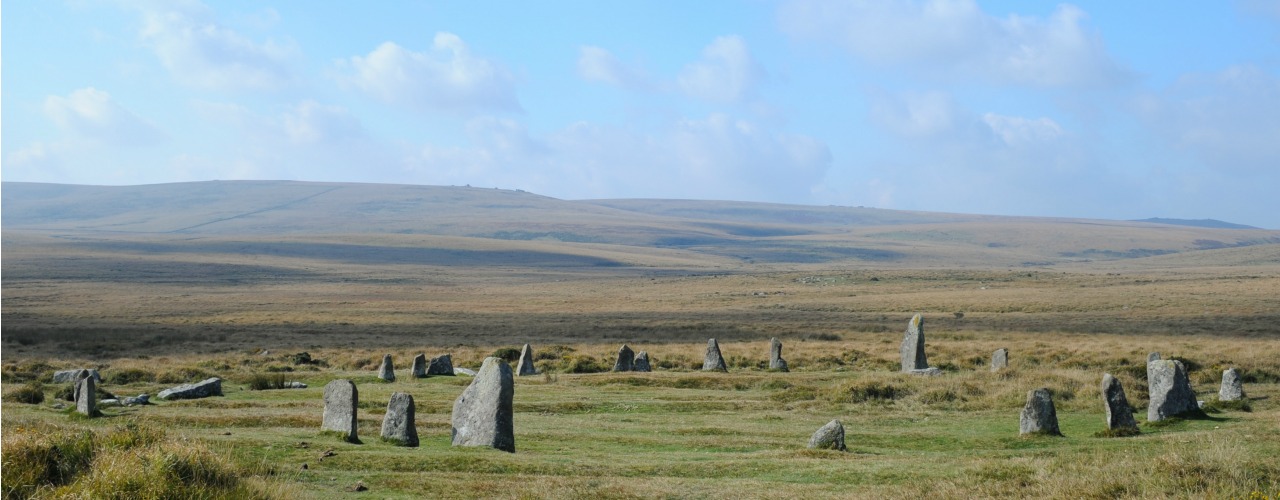
Other fascinating evidence of prehistoric human activity on Dartmoor includes Spinster’s Rock, a dolmen, or ancient tomb, consisting of a large flat rock resting on three granite support stones. And head to Merrivale and you’ll find a range of interesting ritual sites, including burial cairns, stone rows, stone circles, and graves, alongside a Bronze Age settlement.
Hound Tor medieval village
A leap forward to comparatively modern times – just 800 years ago! – another interesting location on Dartmoor is the ruins of the Hound Tor medieval village, constructed in the 13th-century and believed to have been abandoned in the 15th. The remains of a number of longhouses and barns of this old farming village are found here, with an amazing view across them from the top of the nearby Greator Rocks.
These are just a few of the amazing landmarks left behind by historic humans and the lives they led in Devon. Explore the heritage of the area for yourself and you may just find a favourite. And if you love history you may also want to explore the ancient historic sites of Bath.


